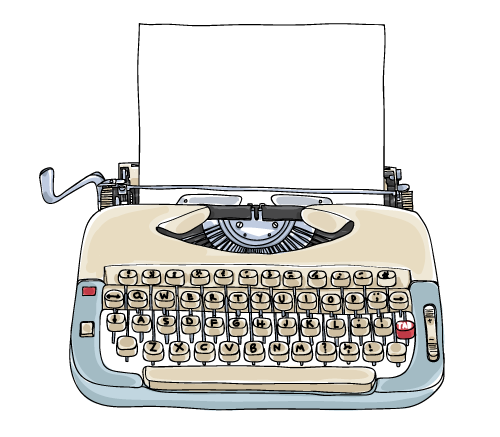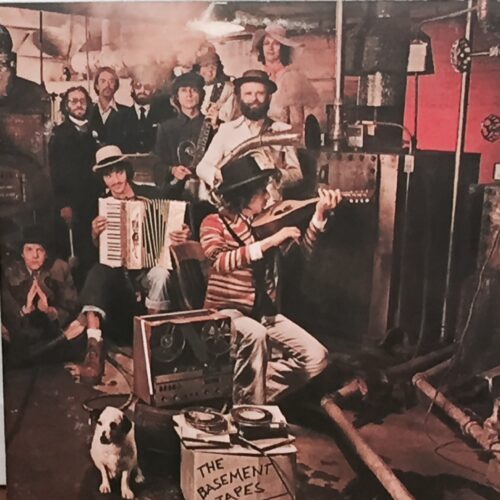
Tucked on a shelf in the back of a closet we use mostly for ‘overflow’ is a white cardboard box filled with old 45s. This is not my complete collection, mind you, just what has survived the decades since I last played them. In my adolescent years I had a classic storage box, with a lift-up lid and clasp, and it doesn’t even matter whether it disintegrated or was discarded. What matters are those 45 rpm vinyl discs that survived one move after another. And all that they conjure.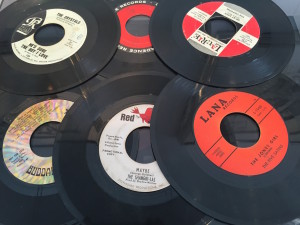
Just the sight of them brings it all back in a heartbeat: late night in a bedroom as adolescent as it gets, early 1960s, the 45s stacked, the click of one after another dropping onto the turntable. The Chiffons, the Crystals, the Shangri-Las. The Four Seasons, the Five Satins, the Duprees, the Teddy Bears. The Beatles. Recalling the sound of that click can still elicit a pang—the memories of heartbreak flooding back.
See the Pyramids along the Nile . . .
To know know know him is to love love love him . . .
Call me maudlin. Call me just a teenager in love, and calling on all the musical comfort I could muster. Many of the labels are marked by my scribbled initials, a reminder that they were MINE if I brought them to a party, not to be mistaken for anyone else’s. Who wouldn’t be a little possessive?
Singles would give way to LPs, stored in plastic crates. Some of the album covers are (almost) pristine. Others are frayed at the edges, the telling marks of a cat who saw those neatly lined up albums as nothing more than a scratching post. At least she never got to the vinyl.
CDs would render it all so compact—in the car, in the new multi-disc sound system at home—and I admit it, I’m a sucker for sound at my fingertips. Let the LP collect dust (or frame it and hang it on a wall).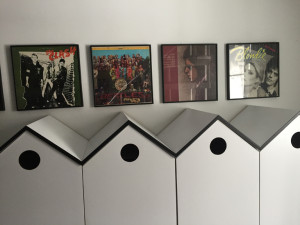 Buy the CD, remastered. Or, if it’s immediate gratification you need, download the album. There’s no arguing a slight degradation in sound quality, but pump it up and it’s good enough.
Buy the CD, remastered. Or, if it’s immediate gratification you need, download the album. There’s no arguing a slight degradation in sound quality, but pump it up and it’s good enough.
Until good enough isn’t really good. One birthday a few years back would bring me the surprise I’d been wanting, a new turntable. Oh, heaven! The crackle of it all when I put on any old LP. Who knows/who cares what has collectors’ item value. It all comes to down to moments and the memories they conjure. You learn a lot about yourself looking at what you’ve collected. Eclectic as my tastes are—rock, folk, jazz, classical—numbers are very telling: I have more Dylan albums than any other.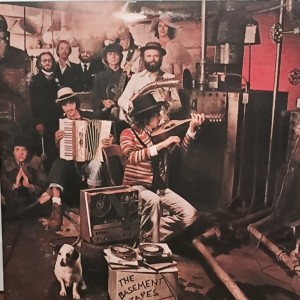
Music, framed in measures, is nothing if not a measure of time.
Brilliance is nothing if not a measure of something beyond our everyday grasp.
The brilliance that is Bob Dylan—the scope of his music, the changes in direction over the years, the way lyrics seem to trip off his tongue, make it all the more exciting when unpublished lyrics of his become the catalyst for a collaboration that has the effect of spanning decades. T. Bone Burnett is a genius himself, pulling together a coterie of musicians who may, or may never have, met Dylan but have done magic with what he scribbled and never produced. As he himself says in the documentary about The New Basement Tapes: “Can’t publish everything.”
I can’t recall the last time I listened to a new CD as many times, and with as much attention, as I’ve listened to The New Basement Tapes: Lost on the River. Think about it—one of the most creative producers in the industry, T. Bone Burnett, invites five very talented singer/songwriters to spend two weeks mining nuggets of gold and shaping them into songs. They go through several takes; they decide which song ‘belongs’ to which musician in the sense that he or she has dominated its direction. That’s how I see it. That’s how I hear it. The end product becomes greater than the sum its parts, a collaboration that becomes intergenerational, the music seeming to span decades.
https://www.youtube.com/watch?v=DAYoEVDq4g4
Inspiration may be the spark, but it’s commerce that brings it all back home. If you couldn’t get your hands on the original bootleg Basement Tapes—that mash-up of Dylan and a bunch of boys in the band recording over 100 songs in 1967, you’d eventually get a select 24, courtesy of Columbia Records (today you can have it all). It is, in old hippie terminology, an absolute trip to listen, go back in time, hear what was so fresh, feel the excitement. Connect the echoes of the New Basement Tapes with the original.
I have my favorites, from the old and the new, and it’s easy enough to just pick and choose which to download, put into a playlist for car rides or when I need a dose of Dylan during a cardio workout at the gym. But here’s the simple truth: a single is a tease, as satisfying as possible. It’s the LP you need when you want to hear the full story.
